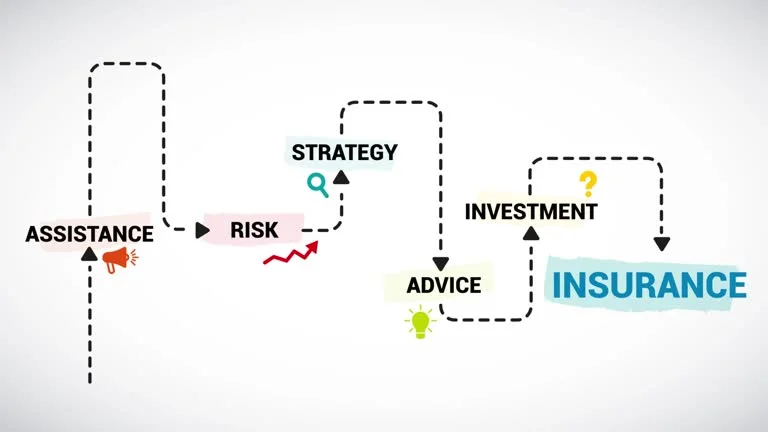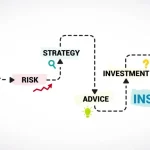Building an investment portfolio can feel overwhelming, especially if you are new to finance. With so many options, it’s easy to get confused. The good news is that creating a balanced portfolio doesn’t have to be hard. Begin by understanding your financial goals, assessing your comfort with risk, and selecting the optimal mix of assets that align with your needs.
Whether you want to save for retirement, buy a home, or grow your wealth, the basics are the same. There is a smart way to help you build a portfolio that suits your situation.
Here are some ways to build a good investment portfolio.
Know Your Goals
First, identify your goals clearly. Are you saving for something big, planning for retirement, or wanting to earn passive income? Knowing what you wish to will direct your investment choices.
Think about how long you must achieve your goals. Short-term goals often require a cautious approach, while long-term goals may permit riskier investments. This clarity helps you decide where to invest and how aggressively to manage your portfolio.
Help from a Financial Advisor
If you feel confused about your finances, consider hiring a financial advisor. They can provide you with advice tailored to your specific situation and goals. Having someone knowledgeable can make decision-making easier.
A good advisor can help you discover investment opportunities you may not be aware of. They can assist with managing wealth, planning for retirement, or handling complex projects, such as pre IPO investments. This support can significantly improve your investment experience.
Creating a strong investment portfolio doesn’t have to be done alone. With clear goals, an understanding of your risk tolerance, and a desire to keep learning, anyone can build a balanced investment strategy. It comes down to making informed choices that align with your financial goals.
Assess Your Risk Tolerance
Risk tolerance refers to your level of comfort with the potential for financial loss in investments. Take a moment to reflect on your financial situation and how you feel about market fluctuations.
If you are concerned about losing money, consider safer investments, such as bonds or index funds. If you are willing to take some risk for the chance of higher returns, consider stocks. Knowing your risk tolerance helps you create a portfolio that suits you and reduces the chance of making rash decisions during downturns.
Asset Allocation Matters
Asset allocation is essential when building a strong investment portfolio. This means spreading your investments across different types of assets, such as stocks, bonds, and real estate. The right mix can help strike a balance between risk and return.
A good rule is to have a diversified portfolio, meaning you don’t put all your money in one place. For example, younger investors may invest more in stocks for growth, while those nearing retirement may want to focus on bonds for stability. Adjusting this mix as you age or as market conditions change is vital for a healthy portfolio.
Explore Alternative Investments
Many people invest in stocks and bonds, but don’t forget about other options. Real estate, commodities, collectibles, and alternative investments can help you diversify your portfolio.
One interesting choice is pre-IPO investing. This means investing in companies before they go public. If the company does well after its IPO, you could see high returns. However, these investments can be risky, so be sure to research the company thoroughly. Consider this option carefully in relation to your risk comfort level and alongside traditional investments.
Stay Informed and Adjust
The financial world is constantly evolving, so it’s essential to stay informed. Regularly check on the performance of your portfolio and how market trends may impact it. Factors like the economy, interest rates, and global events can impact your investments.
Be prepared to adjust your portfolio as needed. If an investment isn’t performing well, it may be a good idea to sell it rather than hold onto it indefinitely.
Think Long-Term
Patience is key when investing. Building a successful portfolio isn’t about quick profits; it’s about steady growth over time. Consider it a marathon, not a sprint. You may face ups and downs, but the goal is to stay patient and focus on long-term success.
Maintaining a long-term perspective helps you avoid reacting to short-term market fluctuations. Many investors make the mistake of selling during downturns and miss opportunities when the market improves.







